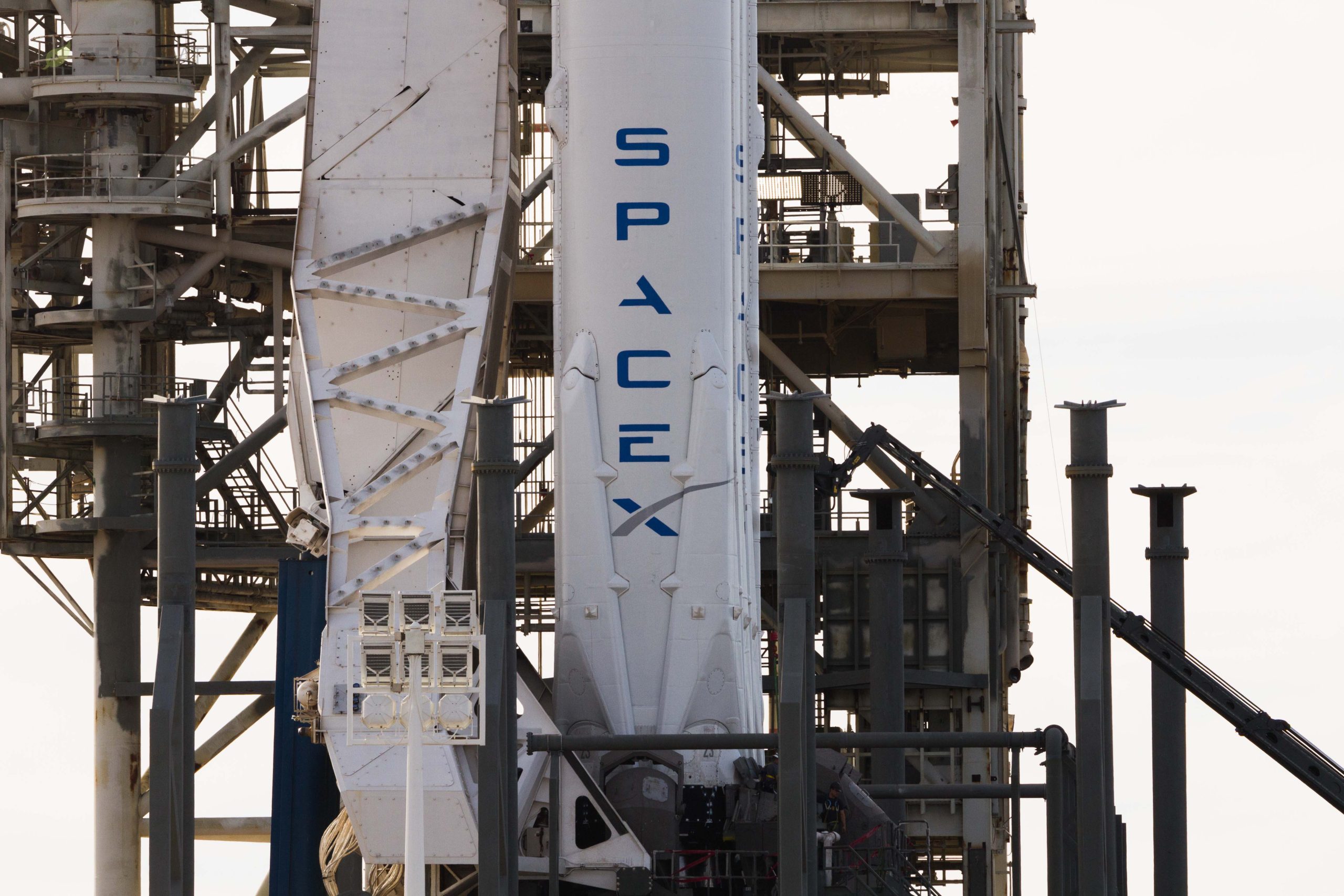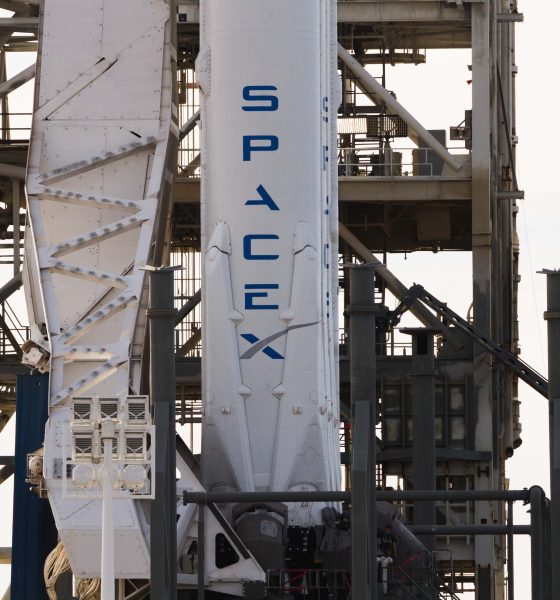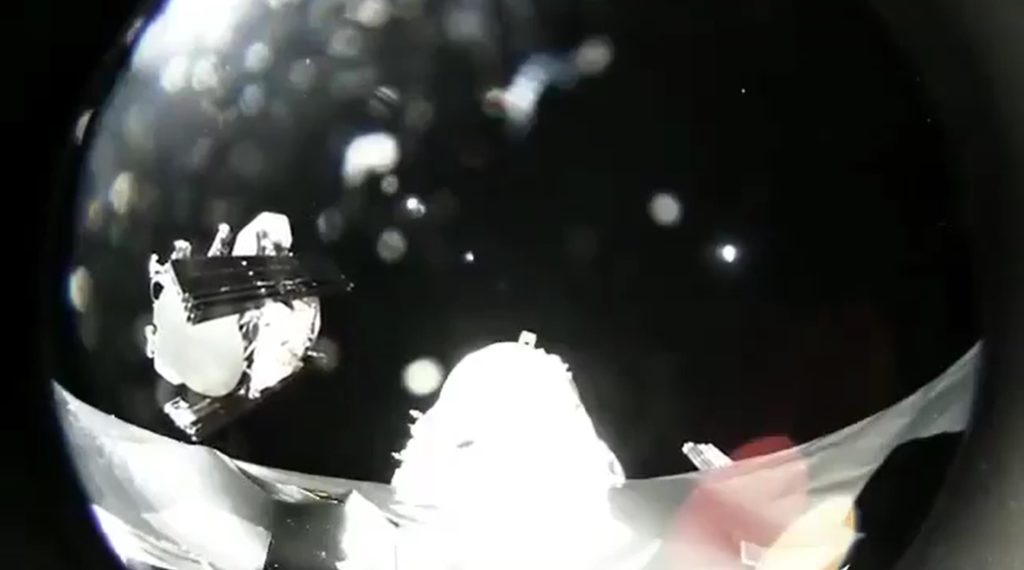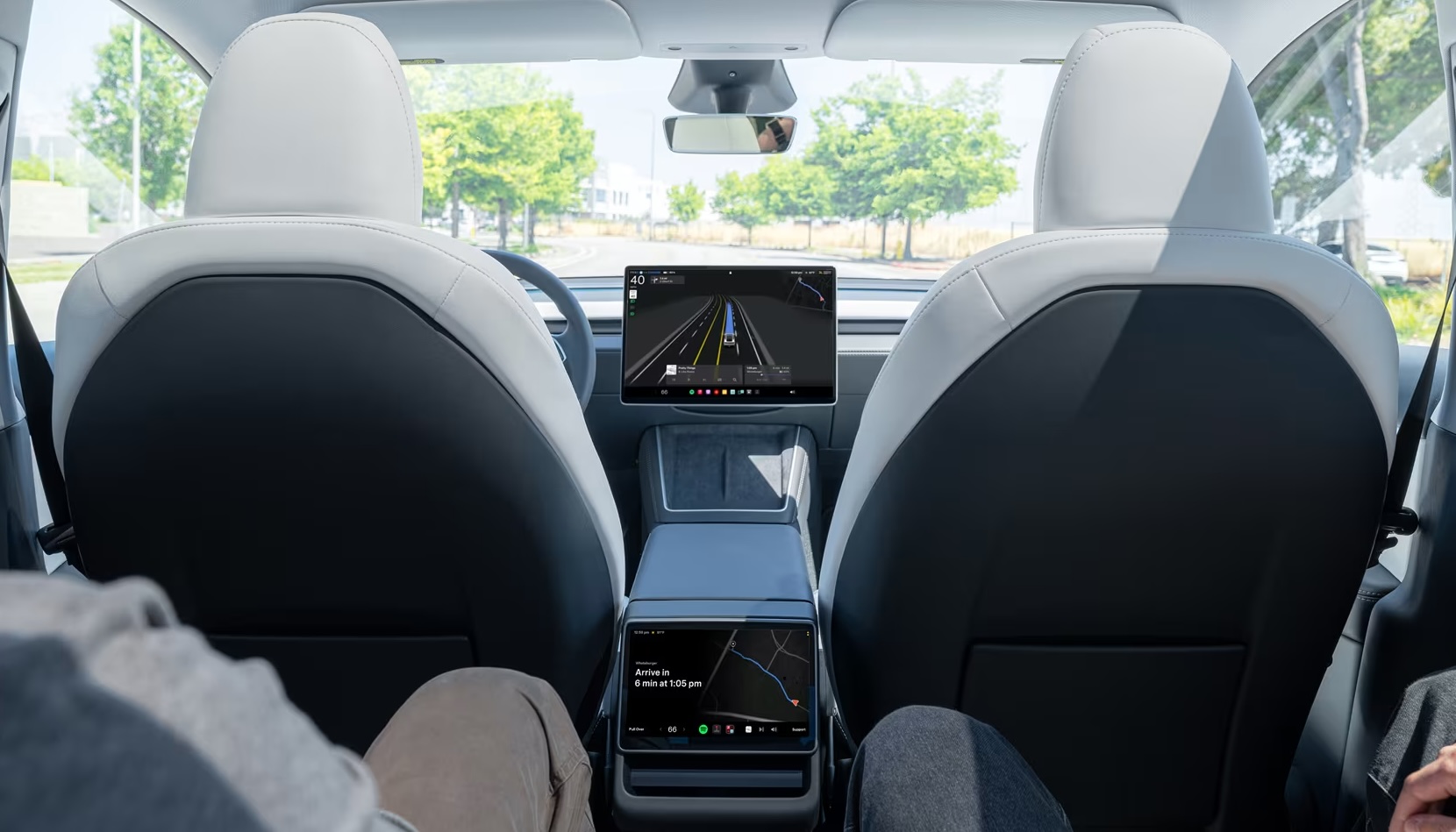

News
SpaceX’s ultimate ace in the hole is its Starlink satellite internet business
In a 2018 report on the current state of the satellite industry, the rationale behind SpaceX’s decision to expand its business into the construction and operation of a large satellite network – known as Starlink – was brought into sharp contrast, demonstrating just how tiny the market for orbital launches is compared with the markets those same launches create.
First and foremost, it must be acknowledged that SpaceX’s incredible strides in launch vehicles over the last decade or so have been explicitly focused on lowering the cost of access to orbit, the consequences of which basic economics suggests should be a subsequent growth in demand for orbital access. If a sought-after good is somehow sold for less, one would expect that more people would be able and willing to buy it. The launch market is similar, but also very different in the sense that simply reaching orbit has almost no inherent value on its own – what makes it valuable are the payloads, satellites, spacecraft, and humans that are delivered there.
- An overview of space industry in 2017, produced by Bryce Space & Technology for the 2018 State of Satellite Industry Report.
- SpaceX’s first two Starlink prototype satellites are pictured here before their inaugural Feb. 2018 launch, showing off a utilitarian design. (SpaceX)
As a consequence, if the cost of access to orbit plummets (as SpaceX hopes to do with reusability) but the cost of the cargo still being placed there does not, there would essentially be no reason at all for demand for launches to increase. For there to be more demand for cheaper launches, the cost of the satellites that predominately fuel the launch market also needs to decrease.

One of the first two prototype Starlink satellites separates from Falcon 9’s upper stage, March 2018. (SpaceX)
Enter Starlink, SpaceX’s internal effort to develop – nearly from scratch – its own highly reliable, cheap, and mass-producible satellite bus, as well as the vast majority of all the hardware and software required to build and operate a vast, orbiting broadband network. Add in comparable companies like OneWeb and an exploding landscape of companies focused on creating a new generation of miniaturized satellites, and the stage has truly begun to be set for a future where the cost of orbital payloads themselves wind up dropping just as dramatically as the cost of launching them.
Just by sheer numbers alone, stepping from launch vehicle and spacecraft production and operations into the satellite manufacturing, services, and connectivity industries is a no-brainer. Bluntly speaking, the market for rocket launches makes up barely more than one-sixtieth – less than 2% – of the entire commercial satellite industry, while services (telecommunications, Earth observation, science, etc.) and equipment (user terminals, GPS receivers, antennae, etc) account for more than 93%. Even the satellite manufacturing industry taken on its own is more than three times as large as the launch industry – $15.5b versus $4.6b in 2017.
In other words, even if SpaceX was to drop the cost of Falcon 9, Heavy, and BFR launches by a factor of 10 and the market for launches expanded exponentially as a result (say 50-100x), the market for launches would still be a tiny fraction of the stagnant, unchanged, unimproved satellite services and production industries. Put simply, there is scarcely any money to be made in rocket launches when compared with literally any other space-related industry.
- An overview of just the commercial aspects of the satellite industry. (SIA)
- Falcon Heavy’s inaugural launch, February 2018. (Tom Cross)
While far from a done deal, Starlink is thus without a doubt the most promising established method for SpaceX to dramatically increase its profitable income, income which could thus be invested directly in launch vehicles, space resource utilization, sustainable interplanetary colonies, and more, all while potentially revolutionizing global freedom of connectivity.

News
Tesla takes a step towards removal of Robotaxi service’s safety drivers
Tesla watchers are speculating that the implementation of in-camera data sharing could be a step towards the removal of the Robotaxi service’s safety drivers.

Tesla appears to be preparing for the eventual removal of its Robotaxi service’s safety drivers.
This was hinted at in a recent de-compile of the Robotaxi App’s version 25.11.5, which was shared on social media platform X.
In-cabin analytics
As per Tesla software tracker @Tesla_App_iOS, the latest update to the Robotaxi app featured several improvements. These include Live Screen Sharing, as well as a feature that would allow Tesla to access video and audio inside the vehicle.
According to the software tracker, a new prompt has been added to the Robotaxi App that requests user consent for enhanced in-cabin data sharing, which comprise Cabin Camera Analytics and Sound Detection Analytics. Once accepted, Tesla would be able to retrieve video and audio data from the Robotaxi’s cabin.
Video and audio sharing
A screenshot posted by the software tracker on X showed that Cabin Camera Analytics is used to improve the intelligence of features like request support. Tesla has not explained exactly how the feature will be implemented, though this might mean that the in-cabin camera may be used to view and analyze the status of passengers when remote agents are contacted.
Sound Detection Analytics is expected to be used to improve the intelligence of features like siren recognition. This suggests that Robotaxis will always be actively listening for emergency vehicle sirens to improve how the system responds to them. Tesla, however, also maintained that data collected by Robotaxis will be anonymous. In-cabin data will not be linked to users unless they are needed for a safety event or a support request.
Tesla watchers are speculating that the implementation of in-camera data sharing could be a step towards the removal of the Robotaxi service’s safety drivers. With Tesla able to access video and audio feeds from Robotaxis, after all, users can get assistance even if they are alone in the driverless vehicle.
Investor's Corner
Mizuho keeps Tesla (TSLA) “Outperform” rating but lowers price target
As per the Mizuho analyst, upcoming changes to EV incentives in the U.S. and China could affect Tesla’s unit growth more than previously expected.

Mizuho analyst Vijay Rakesh lowered Tesla’s (NASDAQ:TSLA) price target to $475 from $485, citing potential 2026 EV subsidy cuts in the U.S. and China that could pressure deliveries. The firm maintained its Outperform rating for the electric vehicle maker, however.
As per the Mizuho analyst, upcoming changes to EV incentives in the U.S. and China could affect Tesla’s unit growth more than previously expected. The U.S. accounted for roughly 37% of Tesla’s third-quarter 2025 sales, while China represented about 34%, making both markets highly sensitive to policy shifts. Potential 50% cuts to Chinese subsidies and reduced U.S. incentives affected the firm’s outlook.
With those pressures factored in, the firm now expects Tesla to deliver 1.75 million vehicles in 2026 and 2 million in 2027, slightly below consensus estimates of 1.82 million and 2.15 million, respectively. The analyst was cautiously optimistic, as near-term pressure from subsidies is there, but the company’s long-term tech roadmap remains very compelling.
Despite the revised target, Mizuho remained optimistic on Tesla’s long-term technology roadmap. The firm highlighted three major growth drivers into 2027: the broader adoption of Full Self-Driving V14, the expansion of Tesla’s Robotaxi service, and the commercialization of Optimus, the company’s humanoid robot.
“We are lowering TSLA Ests/PT to $475 with Potential BEV headwinds in 2026E. We believe into 2026E, US (~37% of TSLA 3Q25 sales) EV subsidy cuts and China (34% of TSLA 3Q25 sales) potential 50% EV subsidy cuts could be a headwind to EV deliveries.
“We are now estimating TSLA deliveries for 2026/27E at 1.75M/2.00M (slightly below cons. 1.82M/2.15M). We see some LT drivers with FSD v14 adoption for autonomous, robotaxi launches, and humanoid robots into 2027 driving strength,” the analyst noted.
News
Tesla’s Elon Musk posts updated Robotaxi fleet ramp for Austin, TX
Musk posted his update on social media platform X.

Elon Musk says Tesla will “roughly double” its supervised Robotaxi fleet in Austin next month as riders report long wait times and limited availability across the pilot program in the Texas city. Musk posted his update on social media platform X.
The move comes as Waymo accelerates its U.S. expansion with its fully driverless freeway service, intensifying competition in autonomous mobility.
Tesla to increase Austin Robotaxi fleet size
Tesla’s Robotaxi service in Austin continues to operate under supervised conditions, requiring a safety monitor in the front seat even as the company seeks regulatory approval to begin testing without human oversight. The current fleet is estimated at about 30 vehicles, StockTwists noted, and Musk’s commitment to doubling that figure follows widespread rider complaints about limited access and “High Service Demand” notifications.
Influencers and early users of the Robotaxi service have observed repeated failures to secure a ride during peak times, highlighting a supply bottleneck in one of Tesla’s most visible autonomy pilots. The expansion aims to provide more consistent availability as the company scales and gathers more real-world driving data, an advantage analysts often cite as a differentiator versus rivals.
Broader rollout plans
Tesla’s Robotaxi service has so far only been rolled out to Austin and the Bay Area, though reports have indicated that the electric vehicle maker is putting in a lot of effort to expand the service to other cities across the United States. Waymo, the Robotaxi service’s biggest competitor, has ramped its service to areas like the San Francisco Bay Area, Los Angeles, and Phoenix.
Analysts continue to highlight Tesla’s long-term autonomy potential due to its global fleet size, vertically integrated design, and immense real-world data. ARK Invest has maintained that Tesla Robotaxis could represent up to 90% of the company’s enterprise value by 2029. BTIG analysts, on the other hand, added that upcoming Full Self-Driving upgrades will enhance reasoning, particularly parking decisions, while Tesla pushes toward expansions in Austin, the Bay Area, and potentially 8 to 10 metro regions by the end of 2025.











